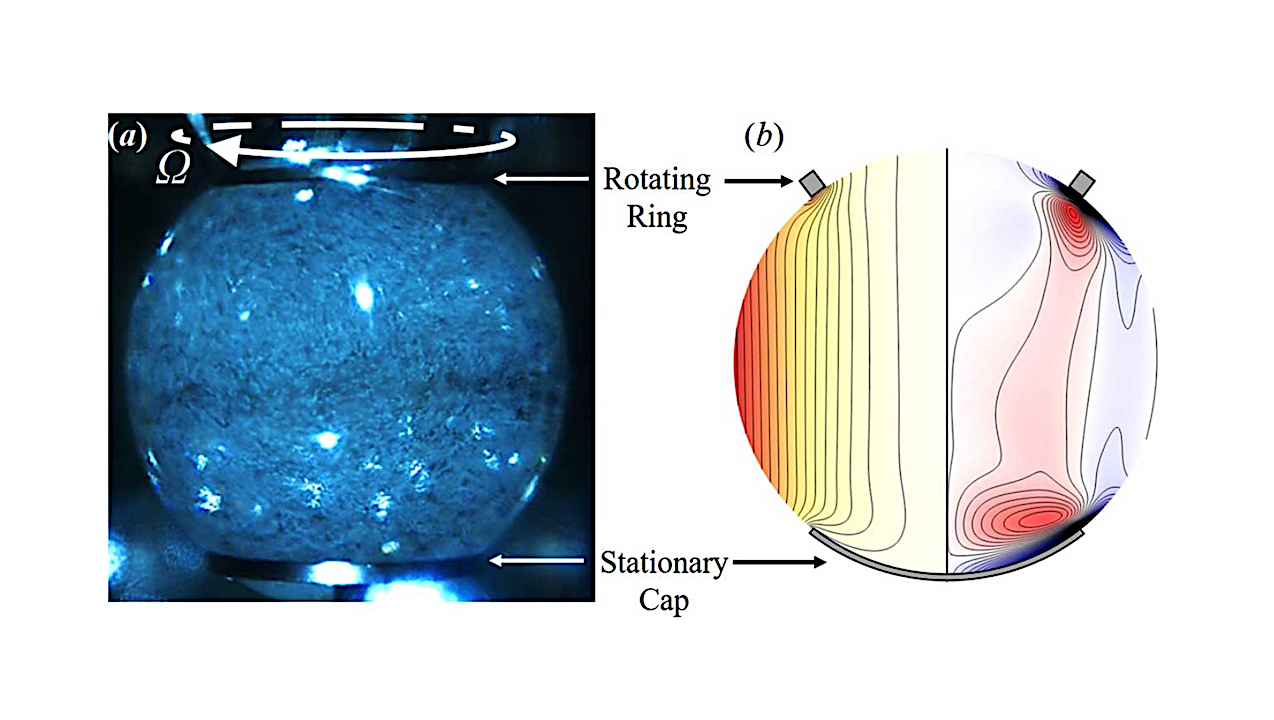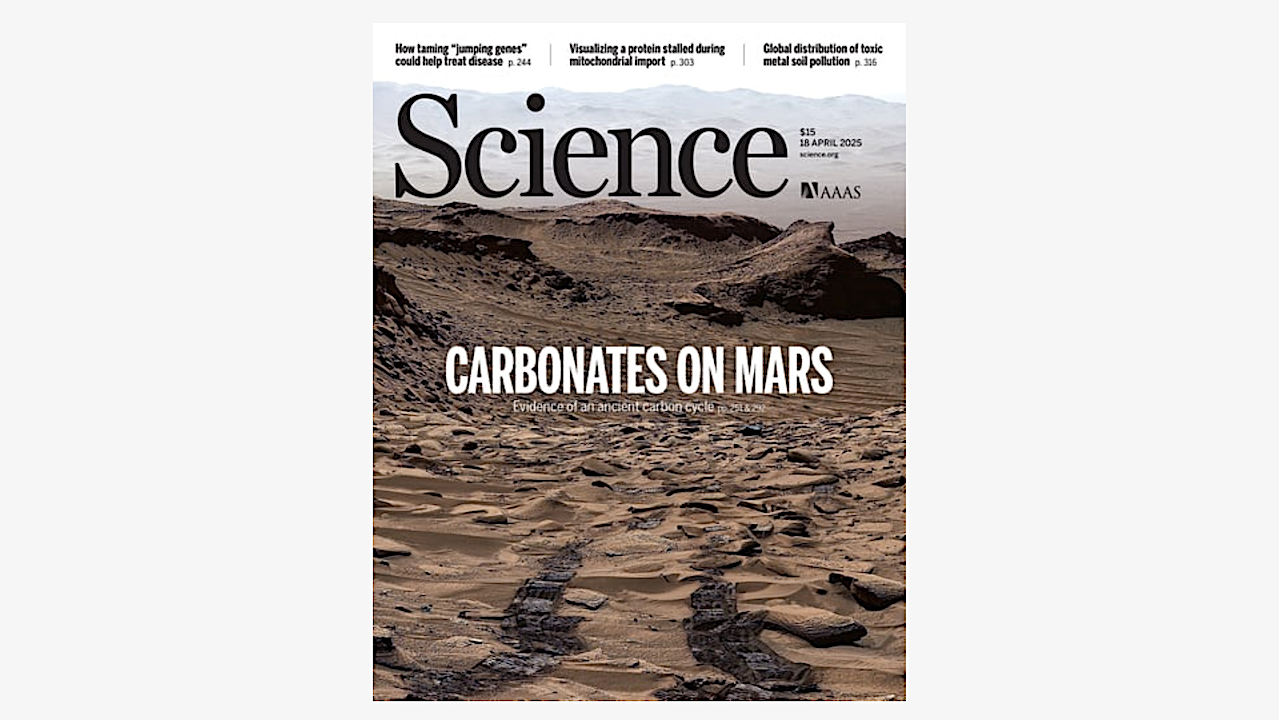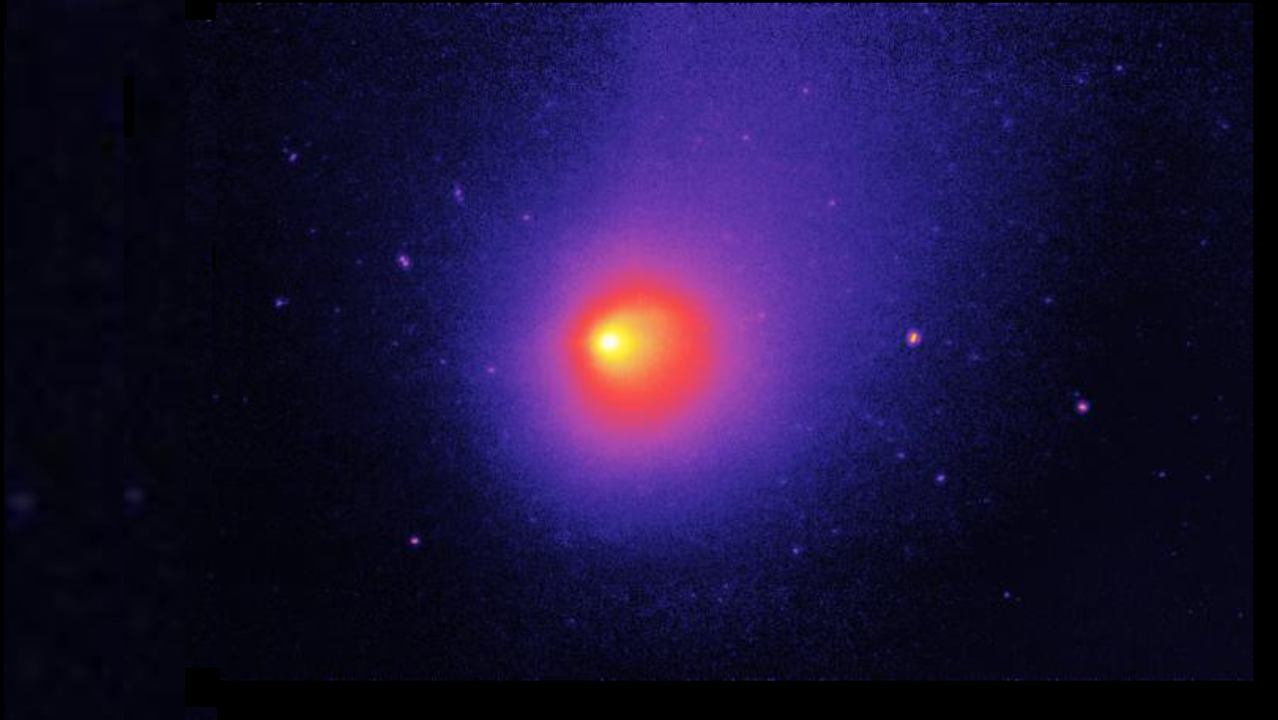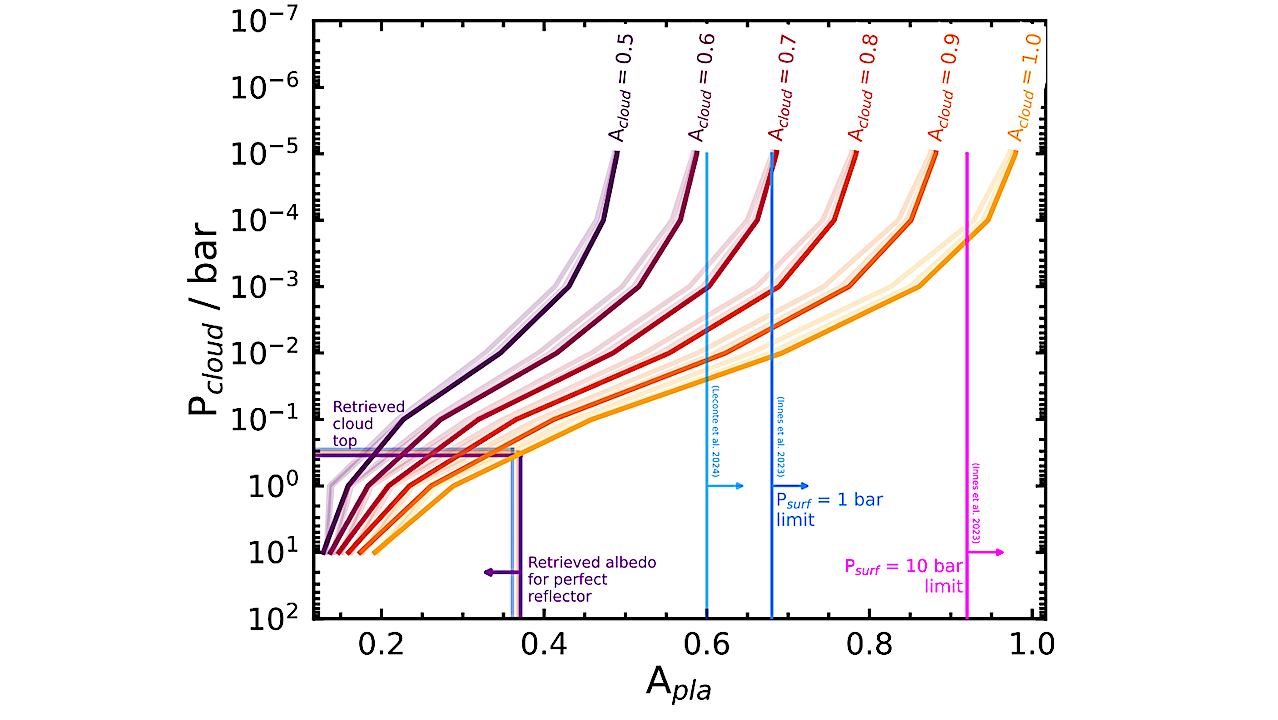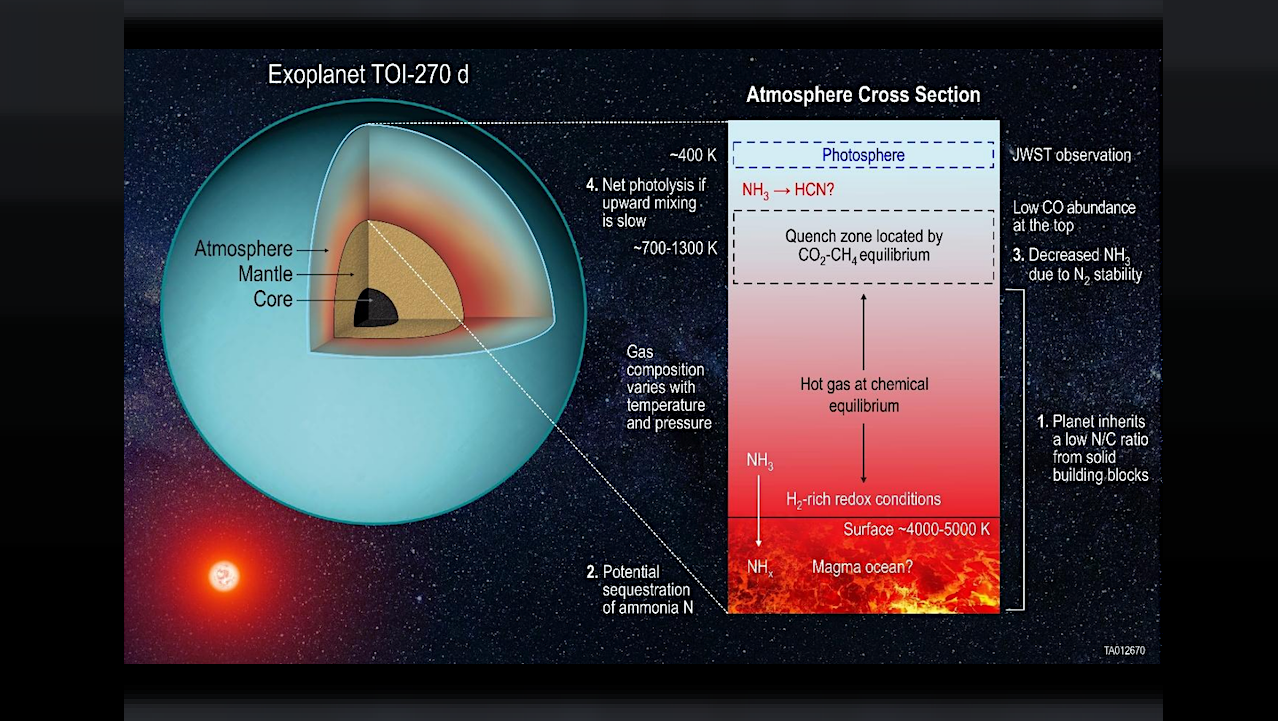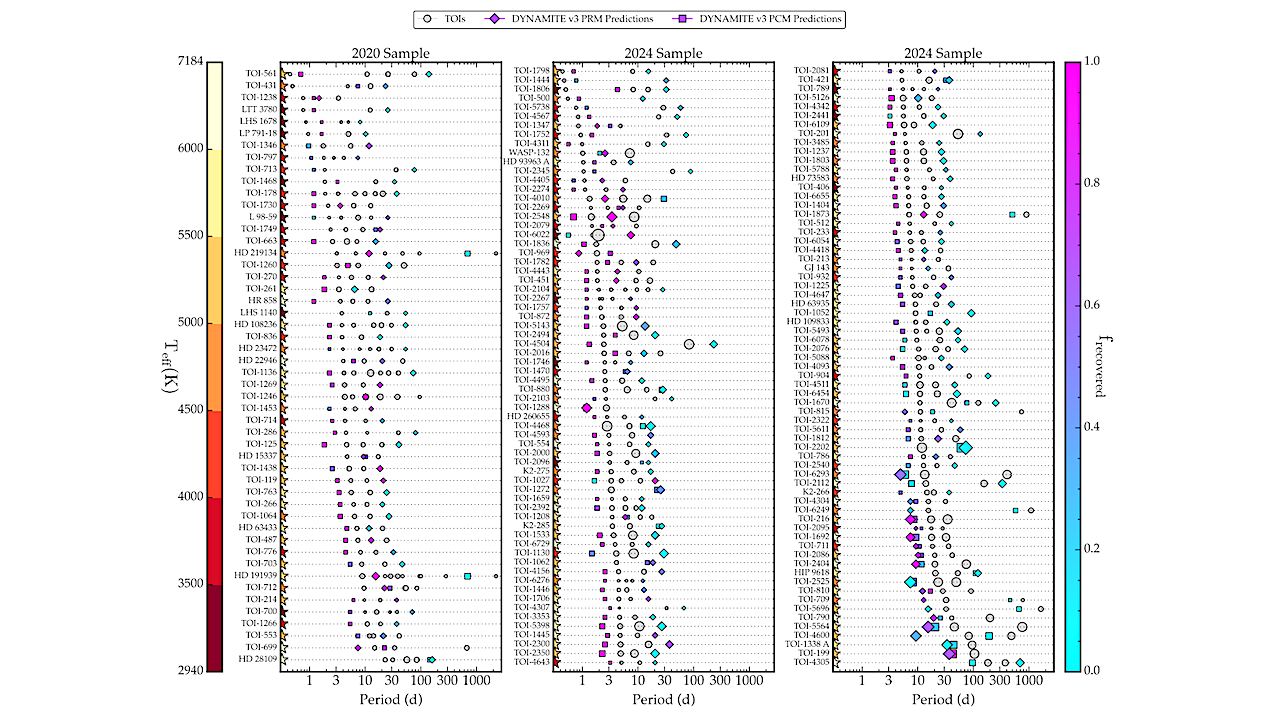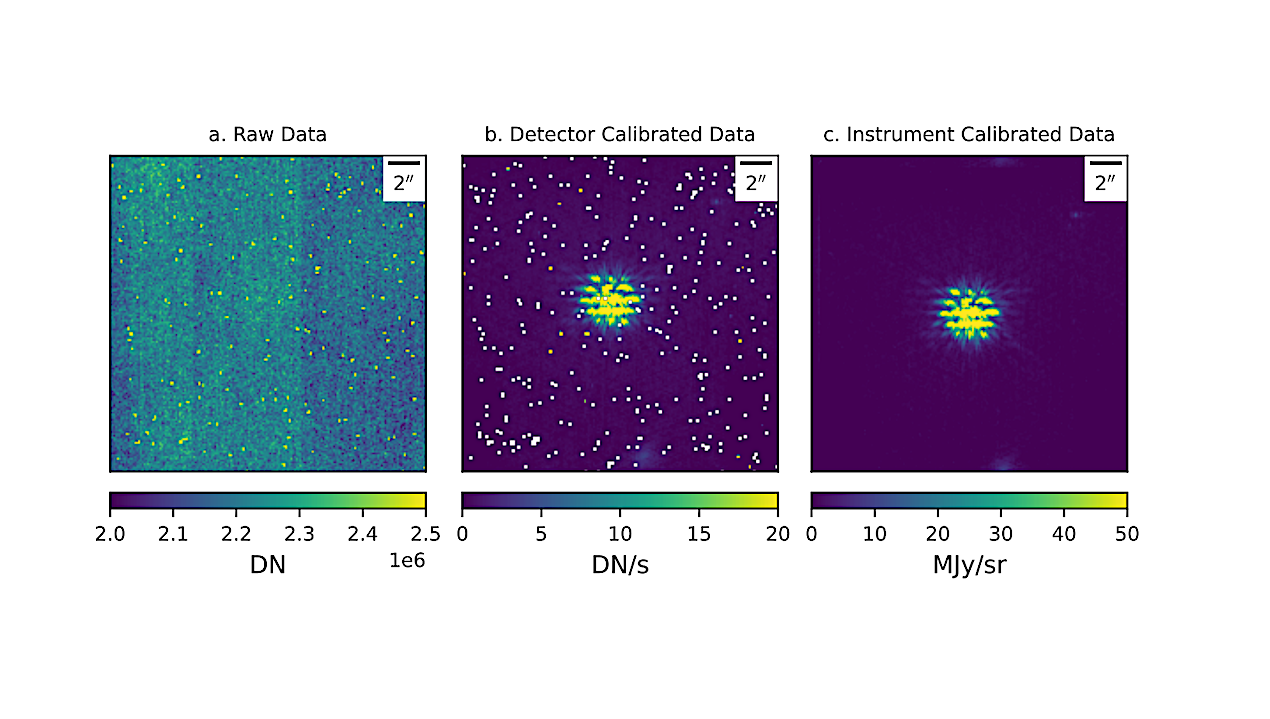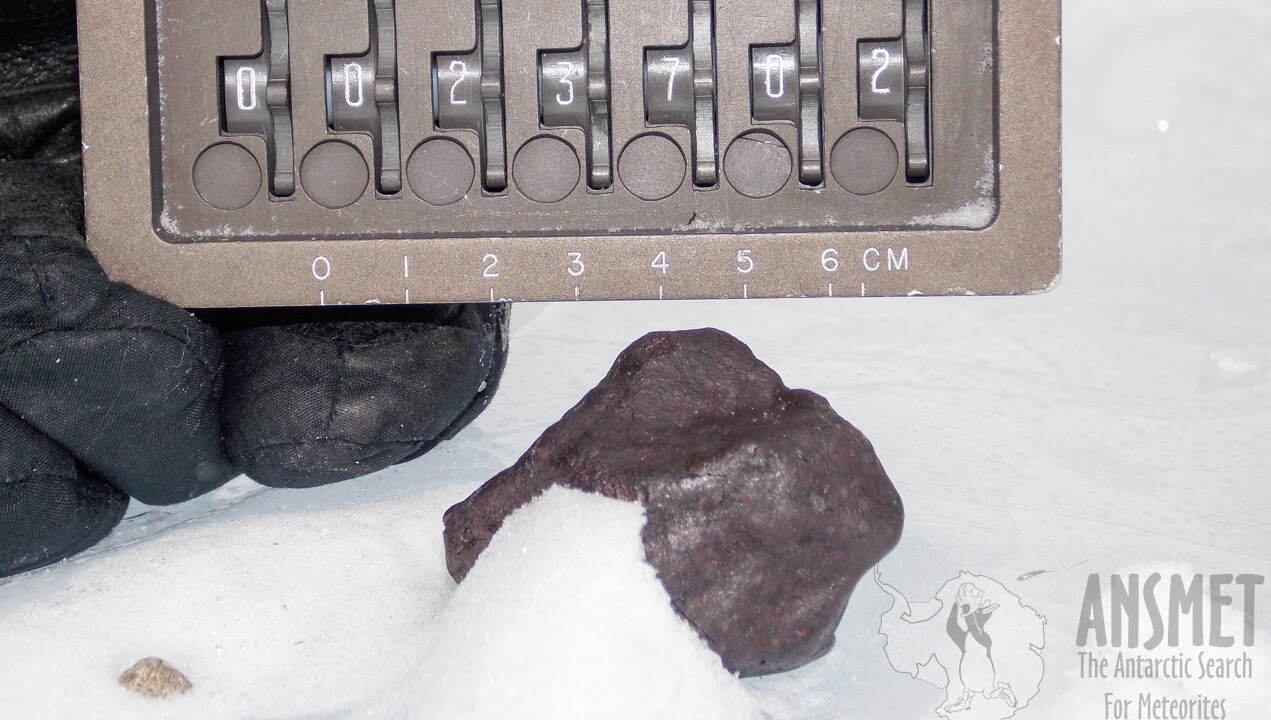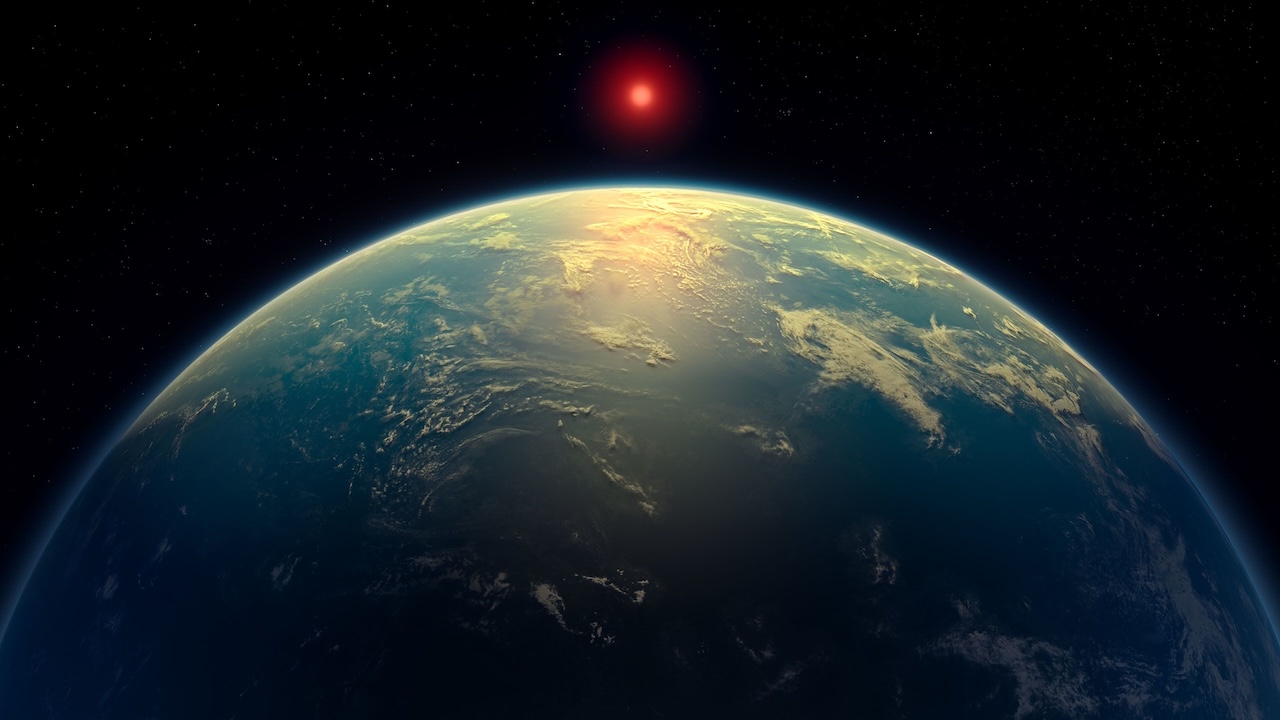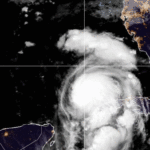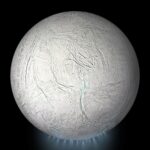Left: A drop of protein solution less than two and a half centimeters in diameter formed in the RSD onboard the International Space Station. Right: An image showing a computed
Astrobiology145- Page
Science Magazine cover — AAAS New findings from NASA’s Curiosity Mars rover could provide an answer to the mystery of what happened to the planet’s ancient atmosphere and how Mars
Spitzer Space Telescope has captured an image of an unusual comet that experiences frequent outbursts, which produce abrupt changes in brightness. Periodic comet Schwassmann-Wachmann I (P/SW-1) has a nearly circular
Calculated albedo of K2-18b for the median values of Pcloud, T, CH4, and CO2, for three different instrumental offset cases (Table 1) (Madhusudhan et al. 2023). With a perfectly reflecting
A graphical summary of our most important findings with emphasis placed on the origin, fate, and context of “missing ammonia” in the atmosphere of TOI-270 d. Numbers indicate a sequence
183 TESS systems with multiple planet candidates and/or confirmed planets (grey circles showing transiting planets), with the peak of the Dynamite v3 orbital period posterior distributions under the period ratio
Results of data reduction steps for GTO 1184 target G 7-34 (roll 1 in the F444W filter), using the JWST Calibration Pipeline wrapped by spaceKLIP (Bushouse et al. 2023; Kammerer
The meteorite used in this study—LAR12252—when it was discovered in Antarctica. Credit: The ANSMET (ANtarctic Search for METeorites) Program, Case Western Reserve University and University of Utah. University of Oxford
White waters of Kueishantao: sulfur-rich hydrothermal fluids turn the sea milky. Photo: MARUM – Center for Marine Environmental Sciences, University of Bremen; S. Bühring In the global carbon cycle microorganisms
K2-18b – Cambridge University Astronomers have detected the most promising signs yet of a possible biosignature outside the solar system, although they remain cautious. Using data from the James Webb
-
 012024 in Review: Highlights from NASA in Silicon Valley
012024 in Review: Highlights from NASA in Silicon Valley -
 02Panasonic Leica Summilux DG 15mm f/1.7 ASPH review
02Panasonic Leica Summilux DG 15mm f/1.7 ASPH review -
 03How New NASA, India Earth Satellite NISAR Will See Earth
03How New NASA, India Earth Satellite NISAR Will See Earth -
 04And Thus Begins A New Year For Life On Earth
04And Thus Begins A New Year For Life On Earth -
 05Astronomy Activation Ambassadors: A New Era
05Astronomy Activation Ambassadors: A New Era -
06SpaceX launch surge helps set new global launch record in 2024
-
 07Space Force plans new ‘Futures Command’ amid pressure to speed up modernization
07Space Force plans new ‘Futures Command’ amid pressure to speed up modernization


